Joseph Nechvatal | Interview | “The Viral Tempest”
‘The Viral Tempest’ is a double LP collection of two recent audio works by post-conceptual artist and writer Joseph Nechvatal, out via Pentiments.
Born in Chicago in 1951, Nechvatal studied art and philosophy before relocating to New York City in 1975. During the 1980s, he co-founded the non-profit cultural space ABC NO Rio and avantgarde music series Tellus Audio Cassette Magazine, and took part in many experimental cassette compilations, installation projects and avant-garde live events taking place seemingly everywhere in Lower Manhattan at the time.
Since 1986 Joseph Nechvatal has worked with ubiquitous electronic visual information, computers and computer-robotics. His computer-robotic assisted paintings and computer software animations are shown regularly in galleries and museums throughout the world. From 1991-1993 he worked as artist-in-resident at the Louis Pasteur Atelier and the Saline Royale / Ledoux Foundation’s computer lab in Arbois, France on The Computer Virus Project: an experiment with computer viruses as a creative stratagem. In 2002 he extended that artistic research into the field of viral artificial life through his collaboration with the programmer Stéphane Sikora.
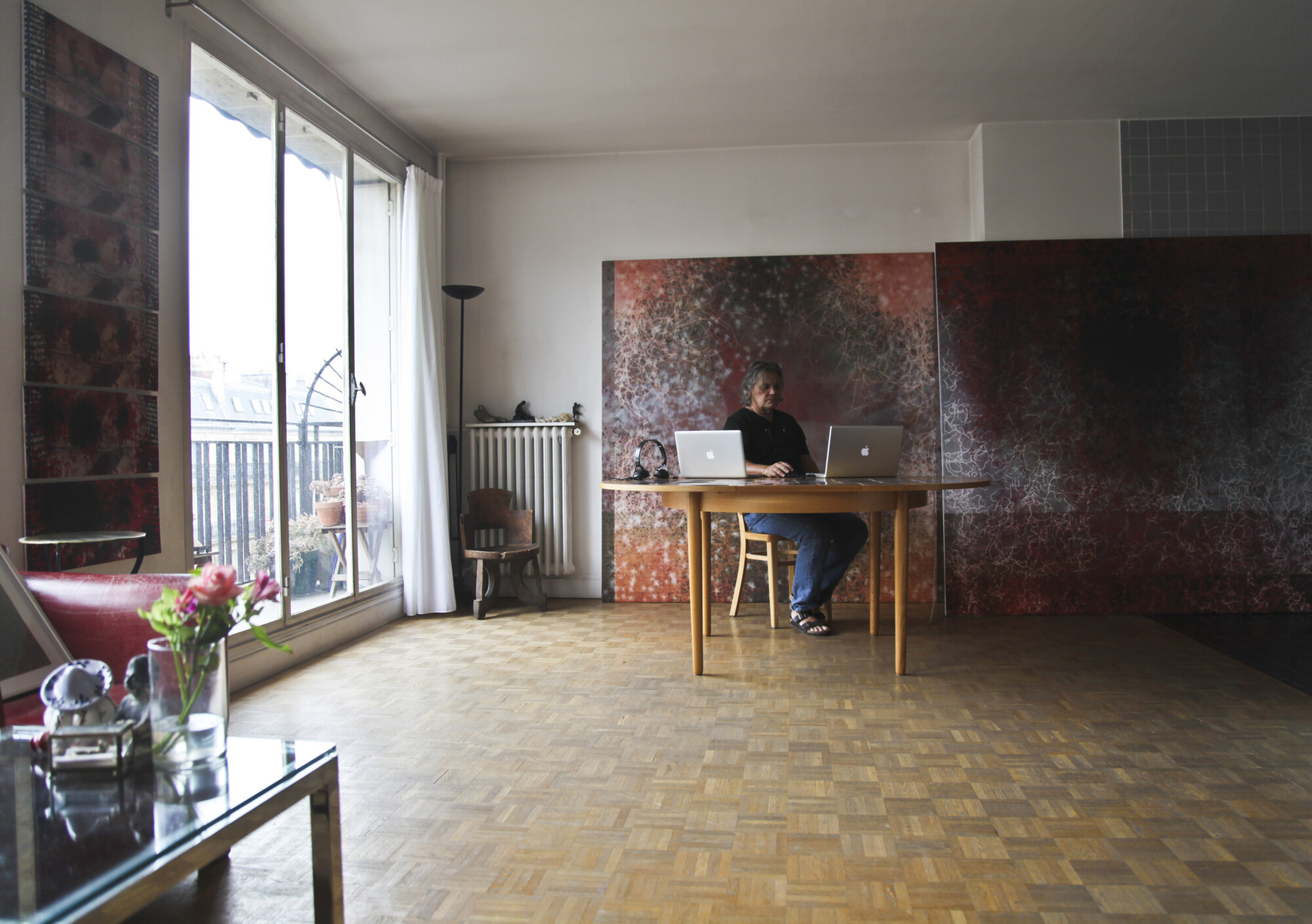
“The apocalyptic, communication excess, the virus, and gender fluidity”
You have a brand new album out. How much time and effort went into the creation of ‘The Viral Tempest’?
Joseph Nechvatal: ‘The Viral Tempest’—a double vinyl LP containing two long compositions—’OrlandO et la tempete viral symphOny redux suite and pour finir avec le jugement de dieu viral symphOny plague’—was published by Pentiments in 2022 after two years of work. There is a thin square color book of art included within the LP, so that increased the time and effort that went into the project.
Prior to that, Pentiments worked with me for a year on the ‘Selected Sound Works (1981-2021)’ cassette release. The first track on ‘Selected Sound Works’ ‘Crown of Thorns’ was first published on the No Wave compilation anthology LP record ‘Just Another Asshole #5’ in 1981—that was edited and organized by Barbara Ess and Glenn Branca. On it, I drastically edited myself playing a Tibetan gyaling with TV sound snippets.
‘The Viral Tempest’ LP began with the creation of an art show called ‘Orlando et la tempête’ (Orlando and the Tempest). For it I made a series of AI virus-modeled artificial life paintings. They were first exhibited in Paris in 2020 at Galerie Richard at 74 rue de Turenne between September 5th and October 21st.
In connection with this Orlando et la tempête exhibition, I—collaborating with Andrew Deutsch—created the audio material presented on the first disk of this double vinyl LP record: ‘OrlandO et la tempête viral symphOny redux suite’ (2020). This noise music suite revisits virus-modelled audio material from my ‘viral symphOny (movement 1 ~ the enthroning)’ (2006)—on which Deutsch also contributed—while integrating an anonymous reading of the novel Orlando, written by Virginia Woolf in 1928. ‘OrlandO et la tempête viral symphOny redux suite’ premiered on January 16, 2021 on Radio for Open Ears, WGXC radio 90.7-FM.
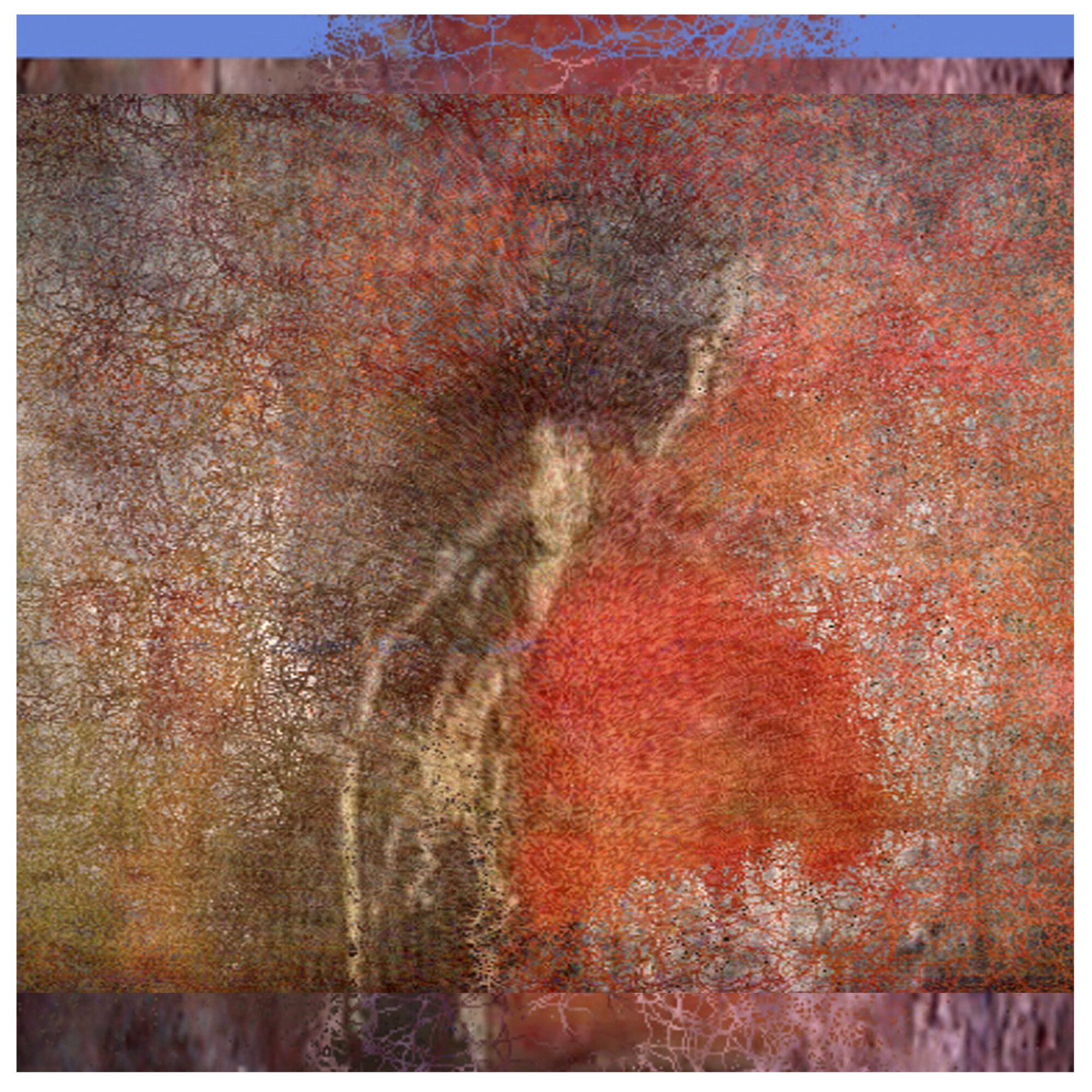
Tell us about the overall vision and concept behind it?
On ‘The Viral Tempest, the OrlandO et la tempête viral symphOny redux suite’ disk indirectly addresses issues of gender plasticity within our tempestuous viral and social-political times by imagining nonexistent mythic scenes from her flippant novel Orlando – the story of an aristocratic young male poet who transforms into a woman overnight and lives for 300 years. ‘OrlandO et la tempête viral symphOny redux suite’ and the ‘Orlando et la tempête’ paintings treat the fantastical and voluble story of Woolf’s Orlando with corresponding puckish flippancy.
Storms have no gender and mean full-blow fluidity. In ‘Orlando et la tempête,’ my ambiguous Orlando avatar (a regenerated Lazarus) is embedded into just such noisy chaotic grounds to the extent that normal figure/ground relationships more-or-less merge – playing elusively with what is seen, what is suggested, what is repressed, and what is desired. My starring pansexual Orlando avatar plays a painful hide-and-seek with the tempestuous, viral whipped environment that, in the end, is meant to suggest carnal mystic queries.
Long term influences on my pangender interests have been works of Marcel Duchamp and Genesis Breyer P-Orridge’s term (from the mid-80s) panthropology: a transhumanist multi-spectrum poly-androgynous concept that transcends gender labels.
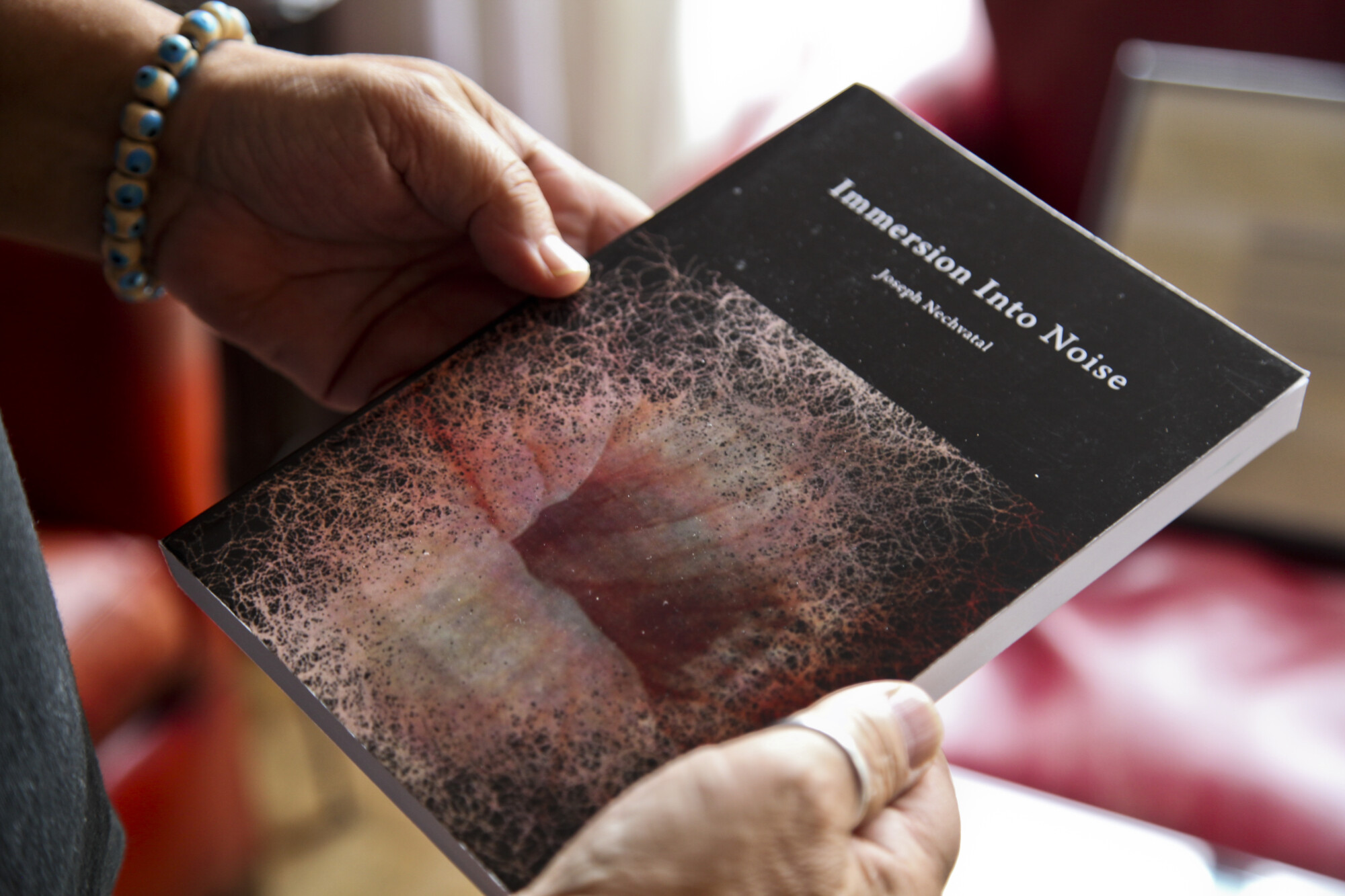
Would love it if you could share some further words about the material on ‘The Viral Tempest’?
The second disk of ‘The Viral Tempest’ LP started by my reading Antonin Artaud’s prophetic text The Theatre and the Plague that Artaud originally presented as a performance-lecture on April 6, 1933 at the Sorbonne. In it, Artaud develops the foundations of his Theater of Cruelty by establishing an analogy between the rupture of the civilizational order caused by the plague and the convulsive passions triggered by the virulence of his transgressive theatrical poetics. Re-reading the text within the context of the 2020-2021 viral pandemic, I created an eight movement audio suite called ‘pour finir avec le jugement de dieu viral symphOny plague’. I remixed aspects of my full virus-modeled a-life noise music composition ‘viral symphOny’ (2006-2008) with compressed and transformed and superimposed segments of Artaud’s 1947 radio play Pour en finir avec le jugement de Dieu (To Have Done with the Judgment of God).
“All my tracks tend to start with the idea of a Trojan horse”
What’s the process for you when it comes to creation of new tracks?
All my tracks tend to start with the idea of a Trojan horse. I figure that if you’re going to be an agent of political art consciousness, of resistant awareness, of non-acceptance, you have to work a bit within the language of power. Otherwise, you’re immediately marginalized and cast aside and have no subsequent contribution that’s recognizable. So I think I have to be driving a Trojan horse when I make a track. I have to enter some dialogue, some vocabulary, some system, some semiotics, and then from there subvert the shit out of it with noise music.
My art theory ideas along those lines are in my book Immersion Into Noise—first published by Open Humanities Press at the University of Michigan in 2011. In it, I explore aspects of the aesthetics of the art of noise from the audio, spatial, cognitive and visual art perspectives. Relevant also is my book of essays Towards an Immersive Intelligence which was published by Edgewise Press in 2009. I have also published three books with Punctum Press: Minóy (noise music—ed.—2014), Destroyer of Naivetés (poetry—2015) and Styling Sagaciousness (poetry—2022).
You have been involved with art for many years now, would love it if you could tell us about your background and what initiated your interest in it.
From 1978 to 1982 in New York City I archived the La Monte Young tape and Fluxus collection via the Dia Art Foundation. Around then I was hearing about Georges Bataille and his counter-Surrealism through the Semiotext(e) crowd during the 1977-78 year I was working at Columbia University on Warhol and Wittgenstein (his Tractatus Logico-Philosophicus) with Arthur Danto for a masters in philosophy (that I never finished). I looked Bataille up then, to get a first general overview, then read, in 1978, Story of the Eye (L’histoire de l’œil) that was published by Urizen Books in 1977. More importantly, in 1985, at St. Mark’s Bookshop, I bought and read Bataille’s Visions of Excess: Selected Writings, 1927-1939 that was published in English translation by University of Minnesota Press that year.
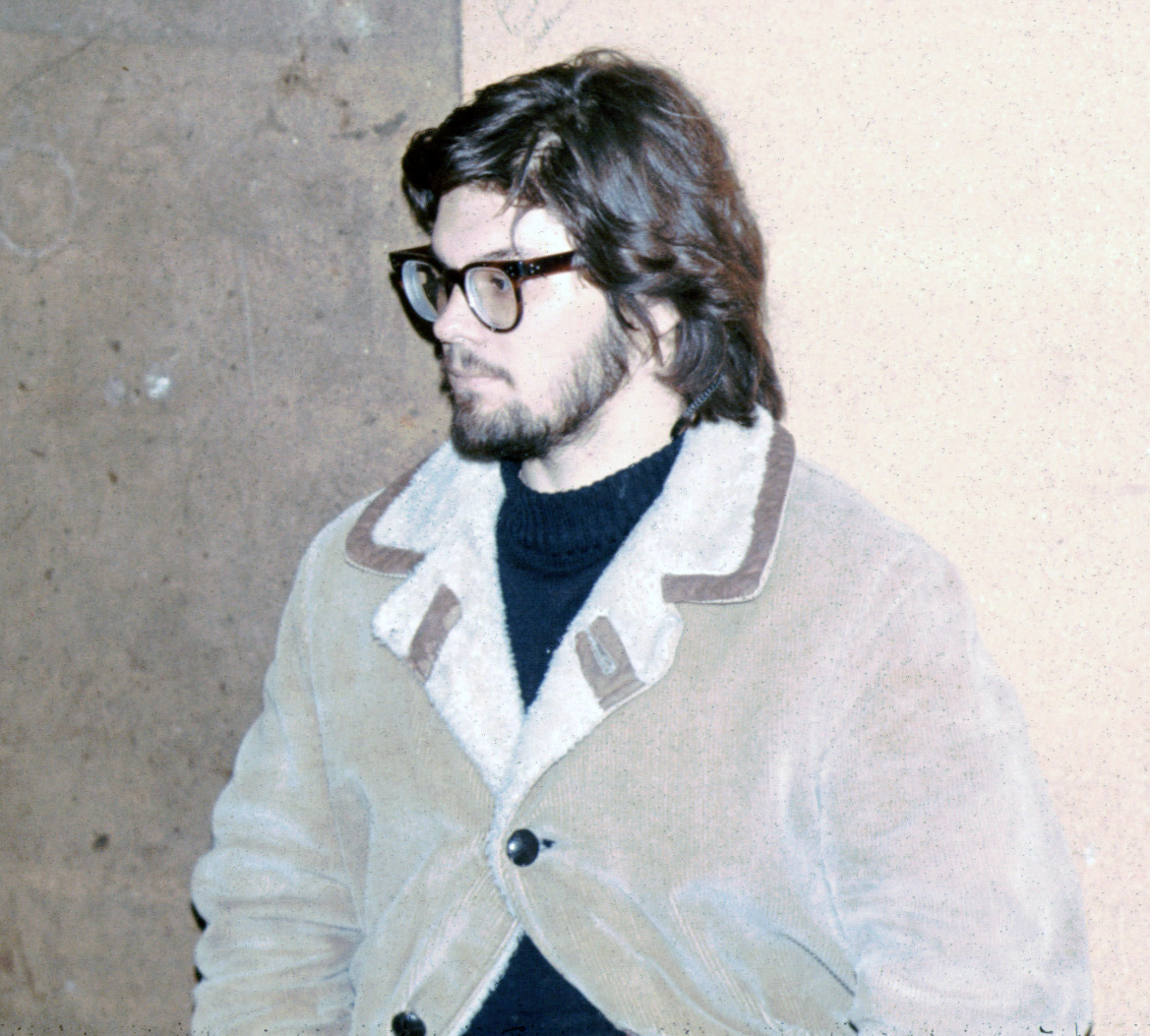
In those early 80s days, having moved away from minimalism in my art, I was going strong in the other direction—towards maximal excess. Hence my XS: The Opera Opus—that I will explain below. After Visions of Excess I read Eroticism, Inner Experience, Accursed Share, Guilty and The Tears of Eros that was published by City Lights Books.
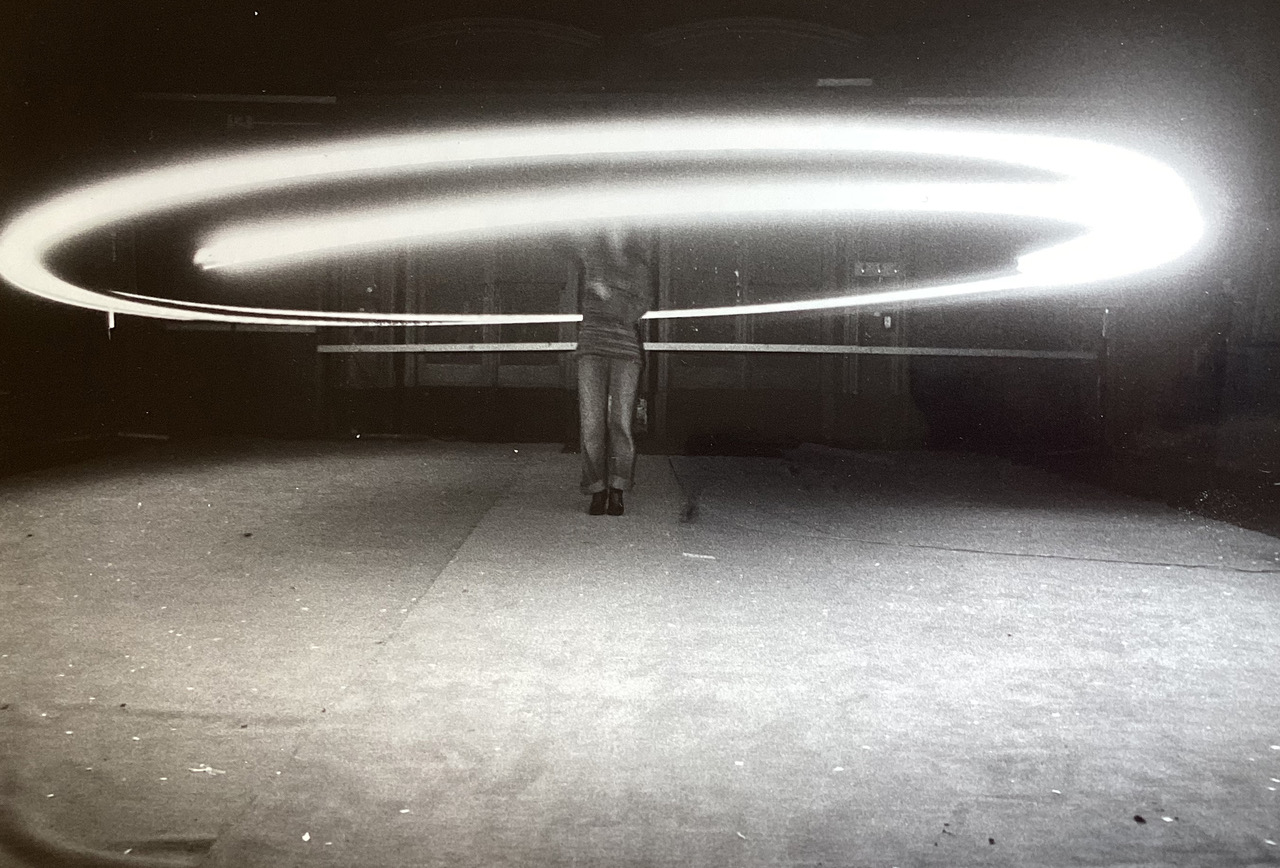
Politically, in 1979 I became very interested in excess in terms of the nuclear buildup going on under Ronald Reagan—but also the excess typical of the popular distribution of electronic media. In the early No Wave 1980s, I, along with many other artists, was interested in the distributive capacity of art based in reproduction. Most were inspired by the 1968 essay “The Dematerialization of Art” by John Chandler and Lucy R. Lippard, who argued that Conceptualism had a politically transformative aspect to be delved into. The other inescapable text at the time was Walter Benjamin’s The Work of Art in the Age of Mechanical Reproduction. Those books and a post-punk sense of underground distribution that used media against itself was very much in the air. I was co-producing the ambitious audio project Tellus Audio Cassette Magazine. By the way, a Tellus Audio Cassette Magazine Special aired in 2021 on dublab.com. I also was helping to establish the non-profit NYC cultural space ABC No Rio.
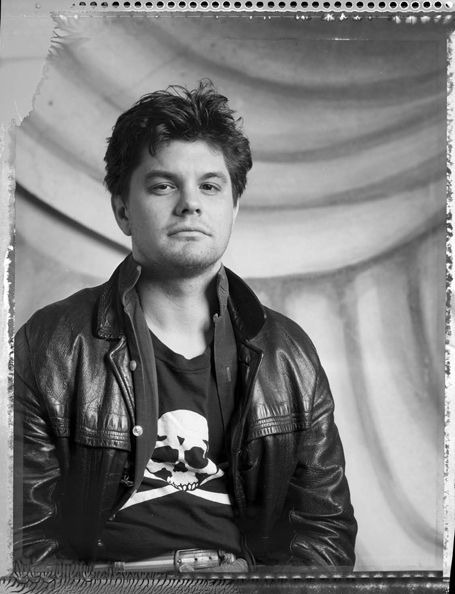
In 1984, I created a No Wave opera called XS (1984-6) with the brilliant composer Rhys Chatham—that was featured in the No Wave exhibition Who You Staring At?: Visual culture of the no wave scene in the 1970s and 1980s at the Centre Pompidou in Paris in 2023. A video documenting the Centre Pompidou March 8th event XS: The Opera Opus: An Operatic Transvaluation of No Wave Aesthetics by myself and Rhys Chatham has been published online at the Centre Pompidou website.
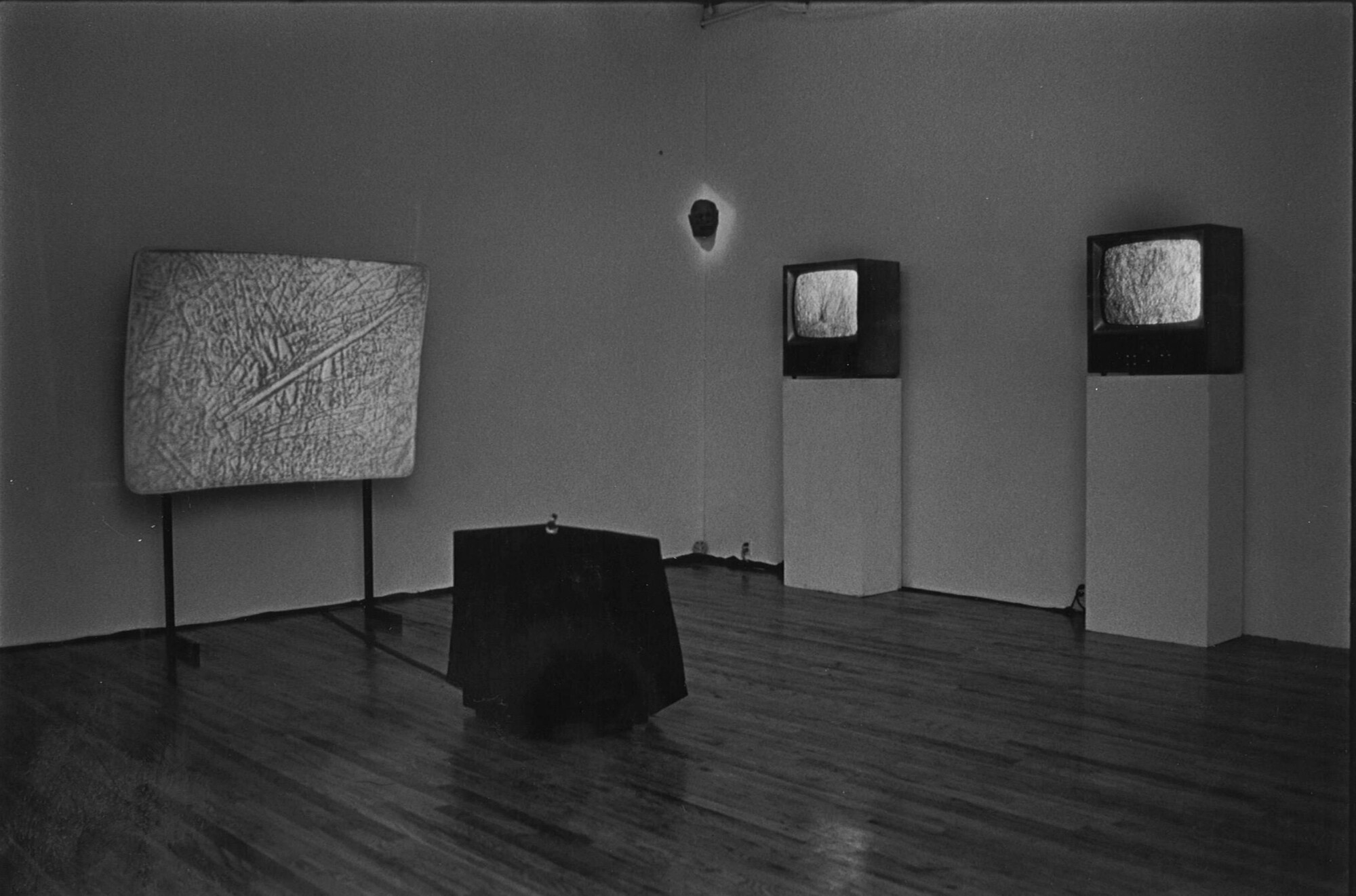
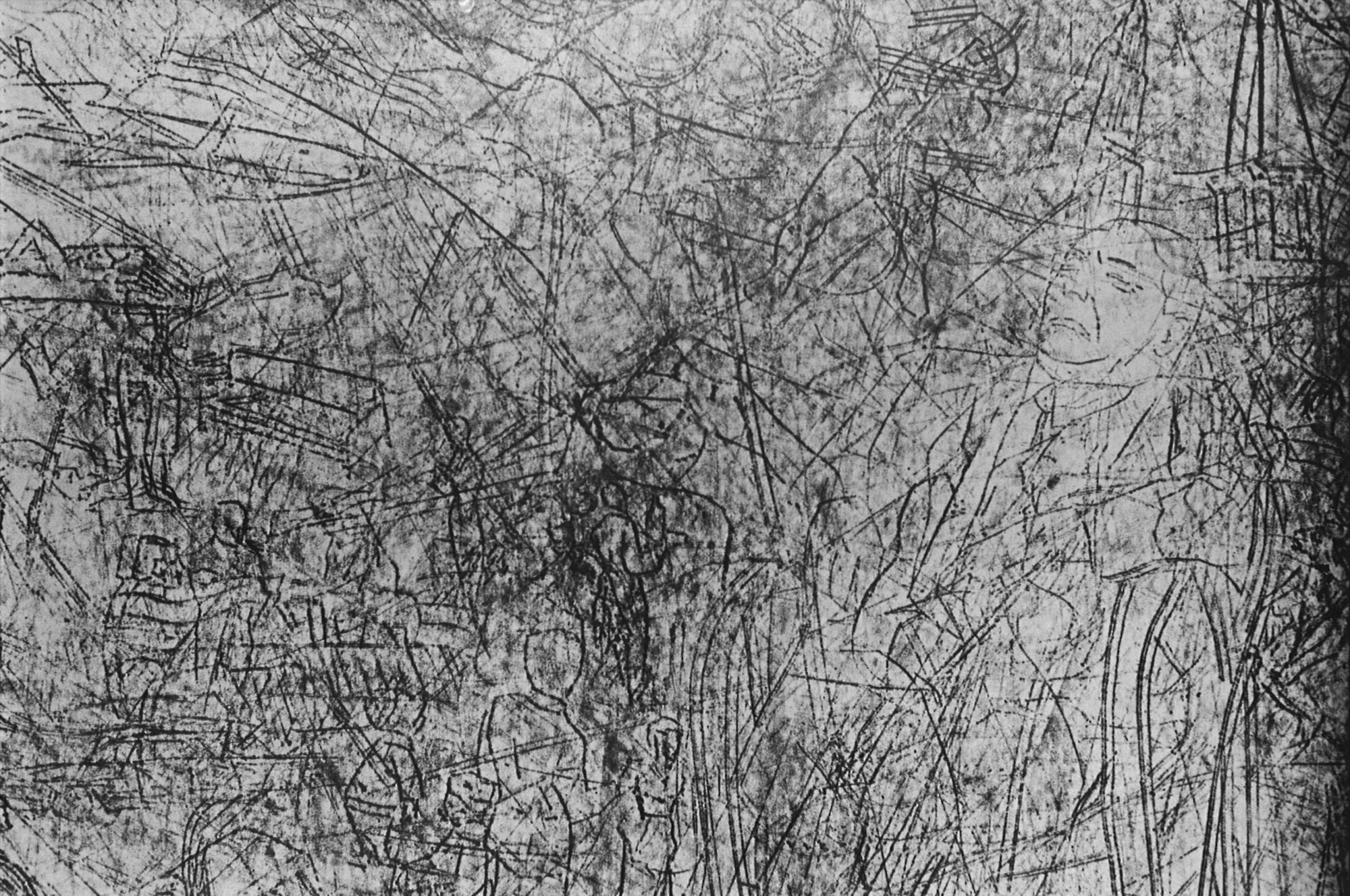
In 1992, when I was artist-in-residence at the Louis Pasteur Atelier in Arbois and at the Saline royale d’Arc-et-Senans, I created computer virus codes that I used as an artistic tool for his Computer Virus Project I. This work was a reflection on my personal experiences of risk and loss with the AIDS epidemic. In 1995, at the urging of Pierre Restany, I moved to Paris and began splitting my time between Paris and New York. In 2002 I extended my viral experimentation into artificial life through a collaboration with the programmer Stephane Sikora in an ongoing work I call the Computer Virus Project II—inspired by the a-life work of John Horton Conway (particularly his Game of Life), by the general cellular automata work of John von Neumann, by the genetic programming algorithms of John Koza, by the chance operation work of John Cage and Marcel Duchamp, and by the auto-destructive art of Gustav Metzger. The Computer Virus Project II includes computer-robotic assisted paintings, digital animations, and lengthy audio compositions—including The Viral Tempest and, the earlier viral symphOny. Inclusive within the Computer Virus Project II series have been a series of virus-based themed exhibitions that explore the fragility and fluidity of the human body. My computer-robotic assisted a-life paintings are represented by Galerie Richard in Paris.
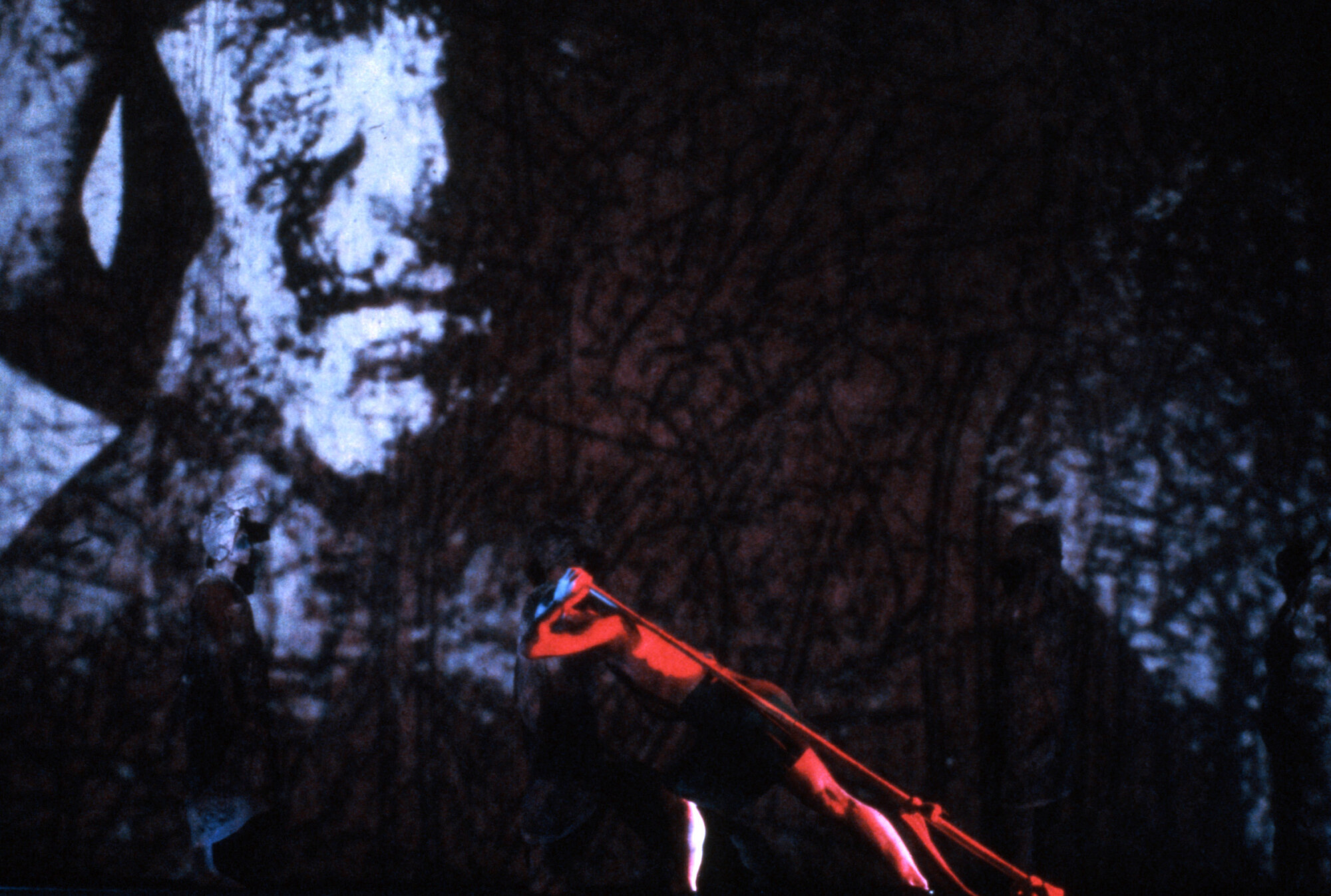
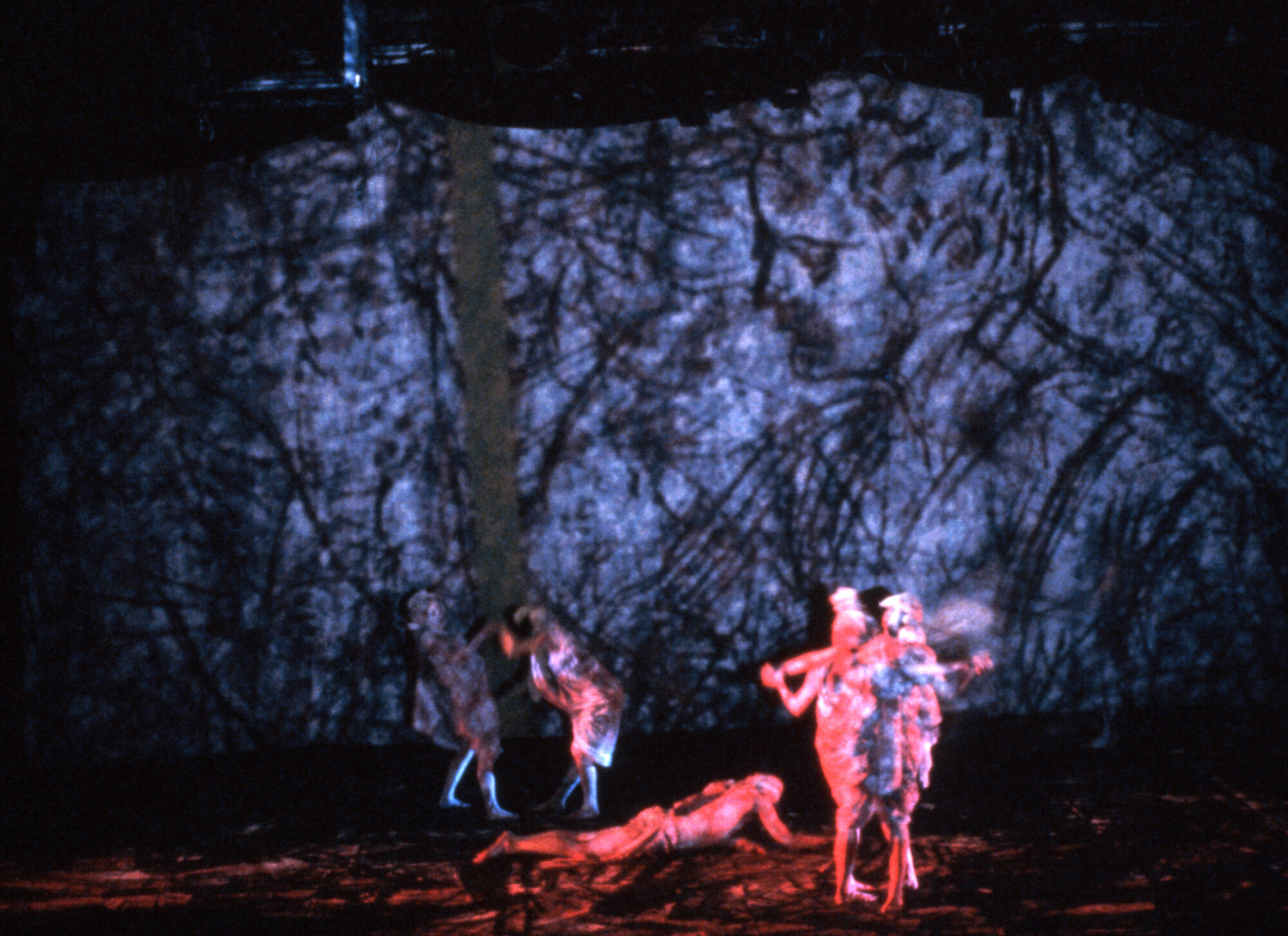
What are some of the main subjects and concepts you’re interested in the most when it comes to your work?
Themes I address in my visual and sound art include the apocalyptic, communication excess, the virus, and gender fluidity.
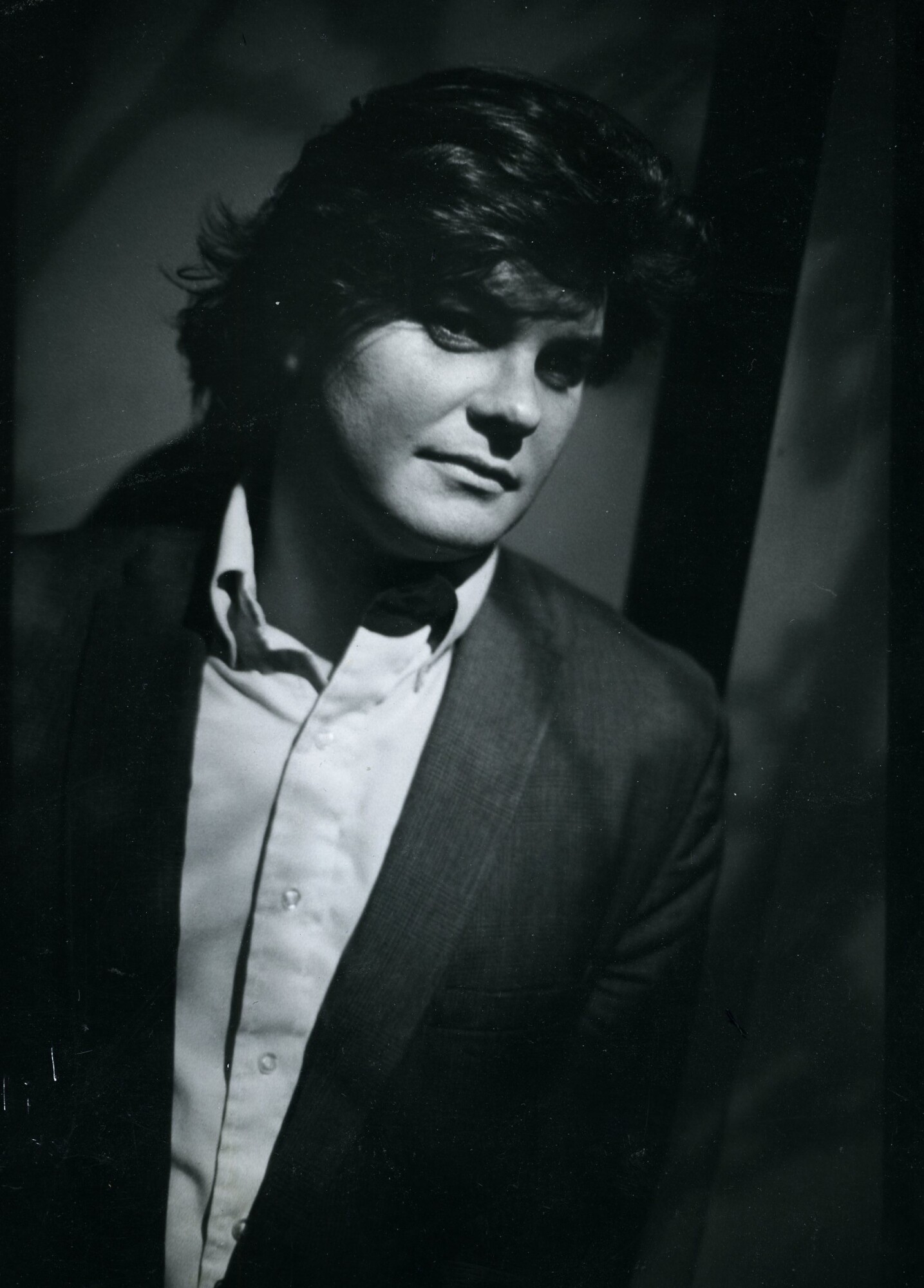
Would you like to elaborate on Viractualism, an art theory concept you developed at the end of the 90s.
Oh sure. Love to. Viractualism is about addressing the merging of the computed (the virtual) with the un-computed corporeal (the actual). The virtual co-exists with the actual now (thus the need for the term viractual) as the digital has crossed into the organic. Viractualism is an interlaced sense of artistic thought that couples the biological with the technological and the static with the malleable. As such, it strives for an understanding and depiction of an anti-essentiality of the techno-body, so as to allow for no privileged logos. With viractualism, human flesh is undone by digital disturbances it cannot contain as thought detaches itself from the order and authority of the old signs and topples down into the realm of viractual reverie.
The post-conceptual art aspect of viractualism is concerned with the matter of visualizing aesthetic sensations linked to techno-culture. It is essentially a visual prosthetic for both the machinic and the corporal dominion. Essentially, the foundation of viractualism as post-conceptual art is that computer technology has become a significant means to making (and understanding) contemporary art. This merging in post-conceptual art is what I call the post-conceptual viractual. It begins with the realization that every new technology disrupts previous rhythms of consciousness.
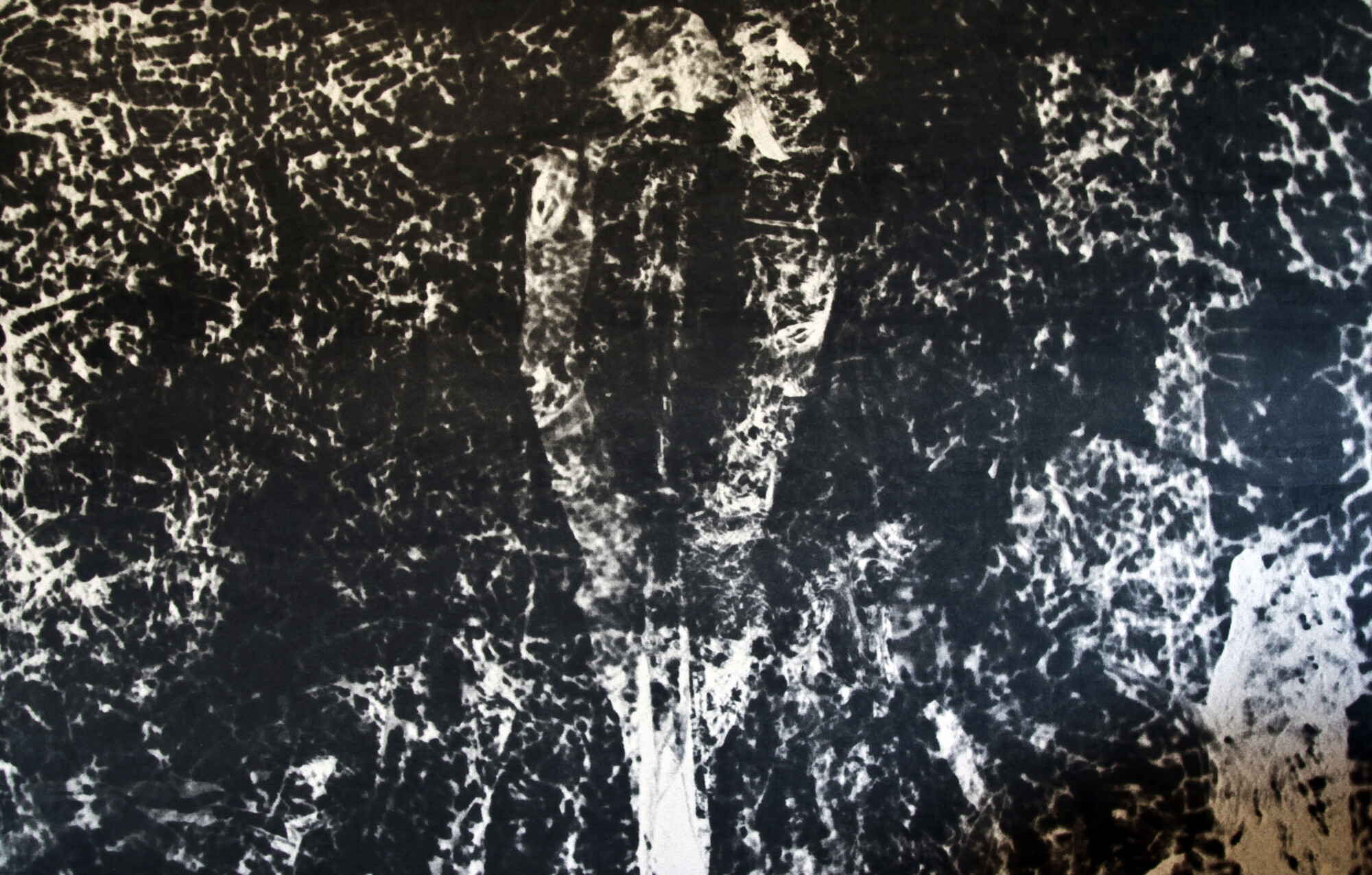
Tell us about ‘Sleep’, ‘Reckless’ and those early recordings you did.
They are early collage tracks included on ‘Selected Sound Works (1981-2021)’. Excerpt from ‘Sleep’ (1983) is an extract from my 1983 cassette release ‘Sleep’ (side I) on the Sound of Pig cassette label. ‘Sleep’ was the backbone of the DJ live mix sets I played at The Speed Club, an audio art afterhours club I ran with Bradley Eros on Saturday mornings from midnight to 5am during the summer of 1984 at ABC No Rio.
‘Excerpt I’ from ‘Reckless’ (1984) is a plunderphonic piece I played and recorded on synthesizer at Studio PASS (Public Access Synthesizer Studio) at Harvest works in New York City. It was released on cassette by Sound of Pig (#217) in 1984. ‘Reckless’ was the backbone of the live mix DJ sets I played at 8BC, a nightclub, performance space, and art gallery at 337 East 8th Street in the East Village.
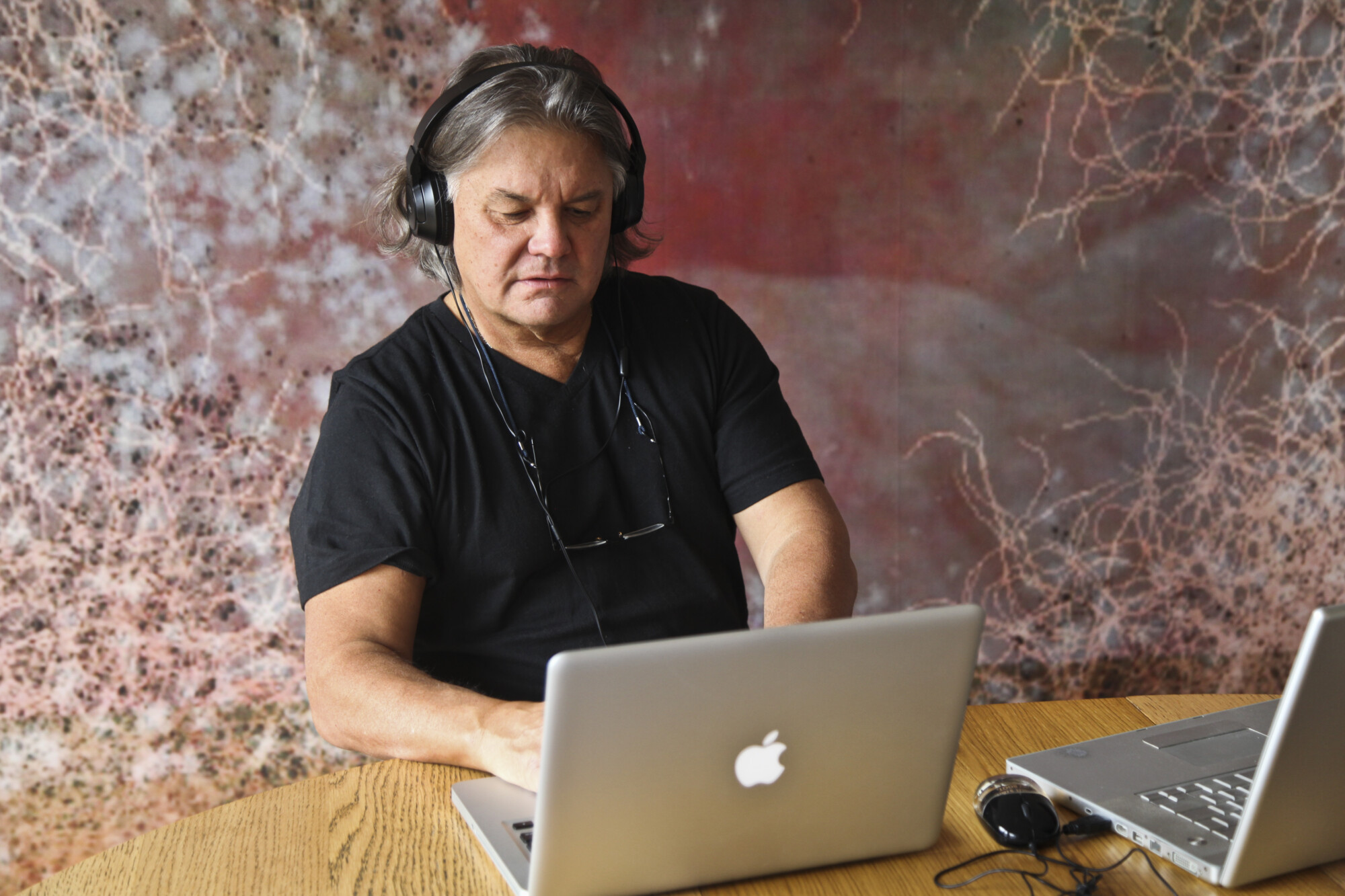
Thank you for taking your time. Last word is yours.
Thank you for this chat. I should mention that the paper book of my 1995 cyber-sex farce novella ~~~~~~~~~~~~~~~~~venus©~Ñ~vibrator, even will be published by Orbis Tertius Press in late-2023. Hope you and your readers will check it out.
Klemen Breznikar
Headline photo: Joseph Nechvatal at Gallery Brooke Alexander Gallery, NYC (1983) | Photo by Peter Bellamy
Joseph Nechvatal Official Website / Facebook / Instagram / Twitter / YouTube
Pentiments Official Website / Instagram / Bandcamp / YouTube

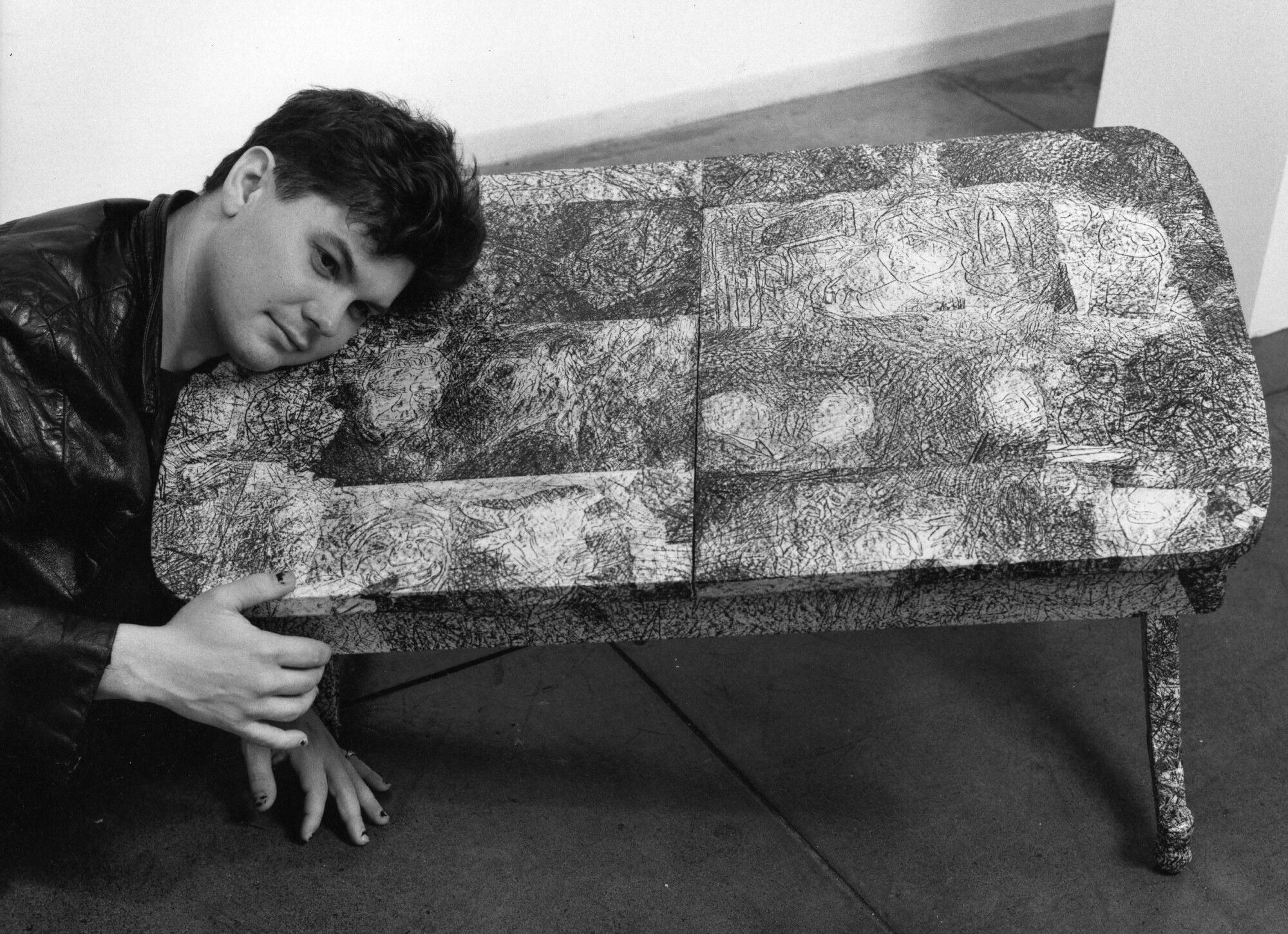
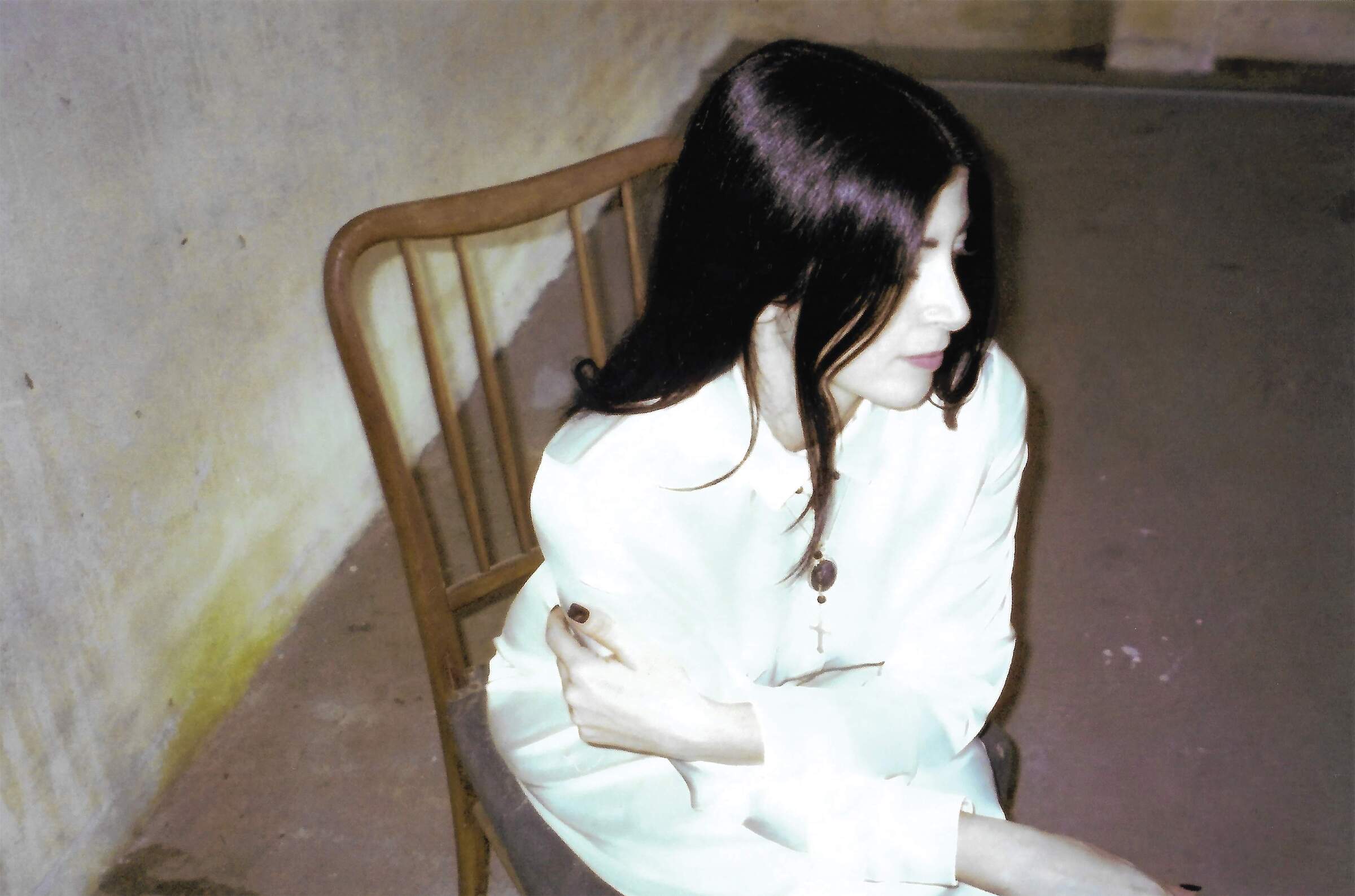
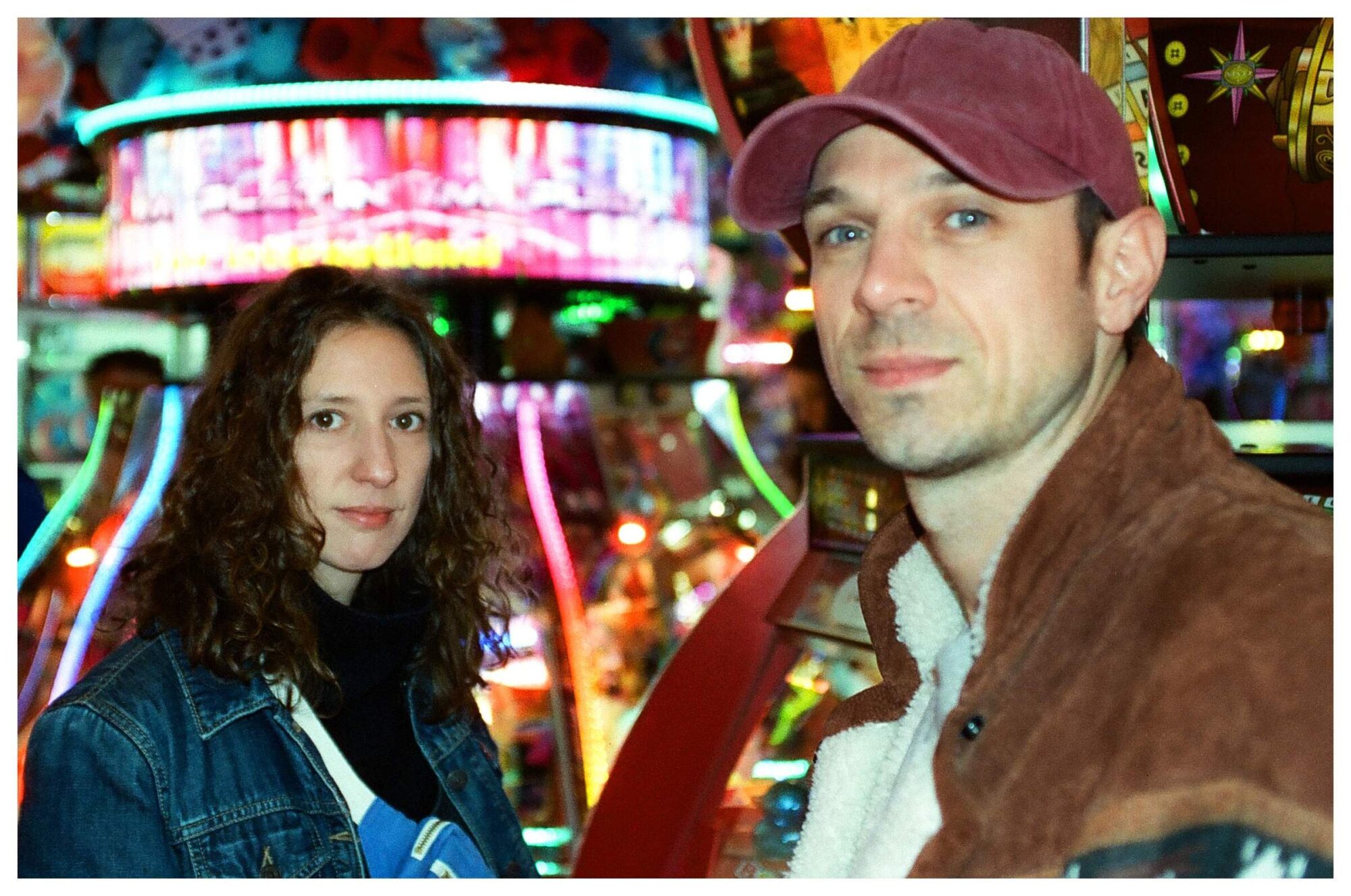
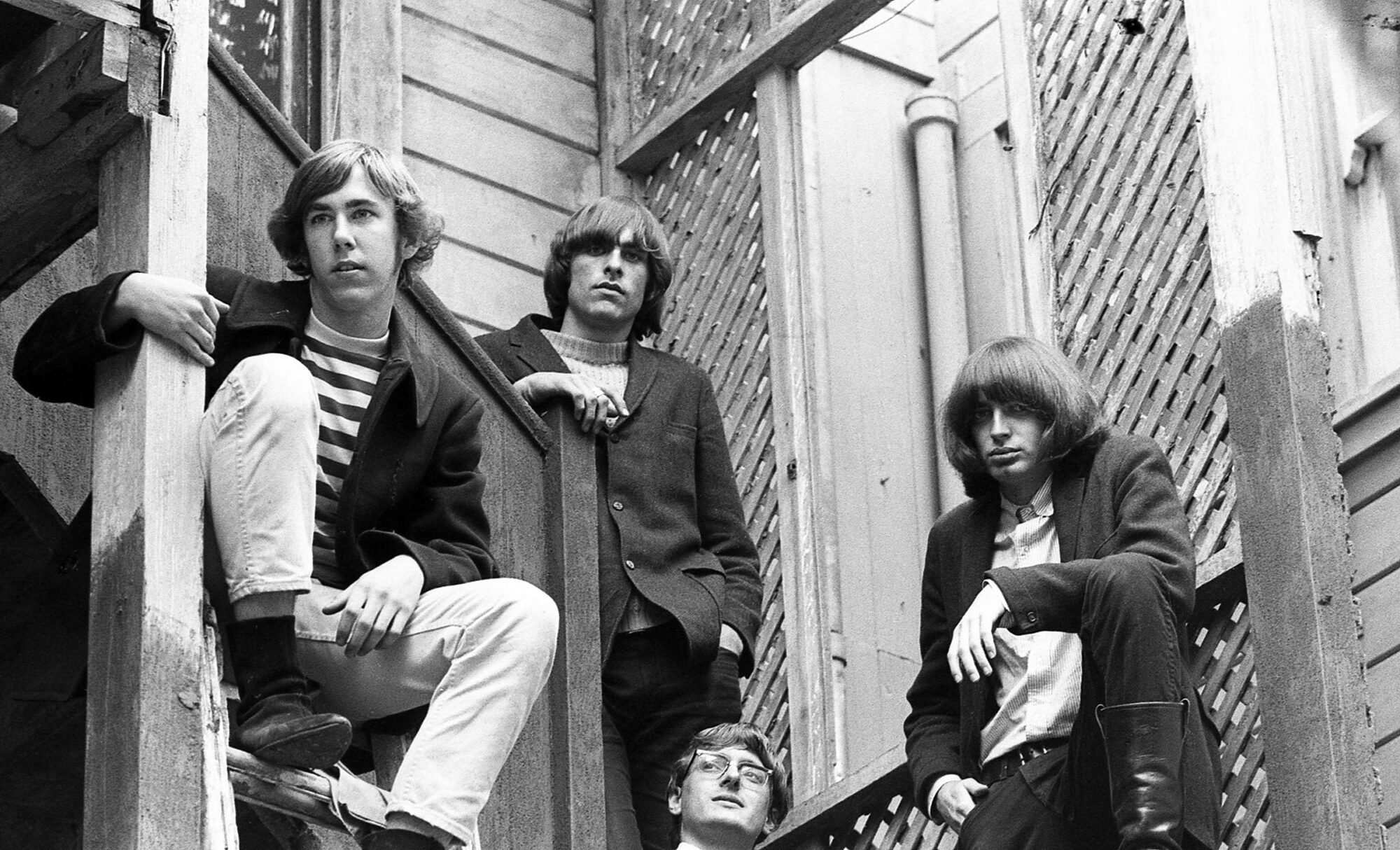
A major multi media artist, notably the first and only one to use a digital virus actively participating to the creation of his artworks.